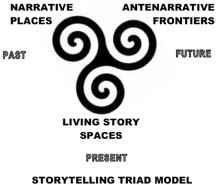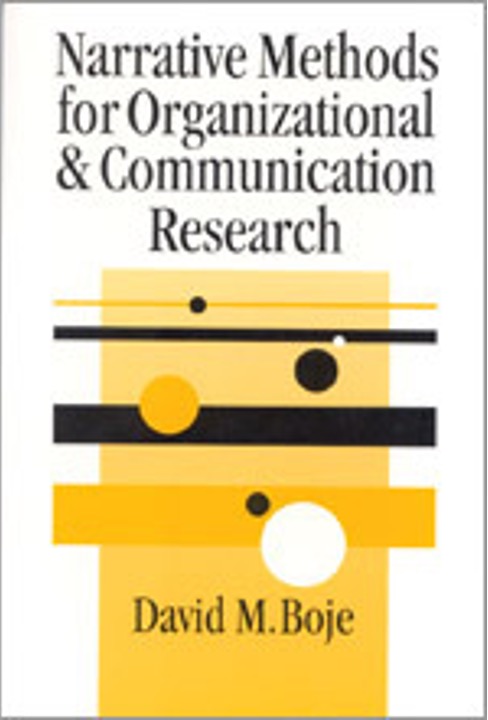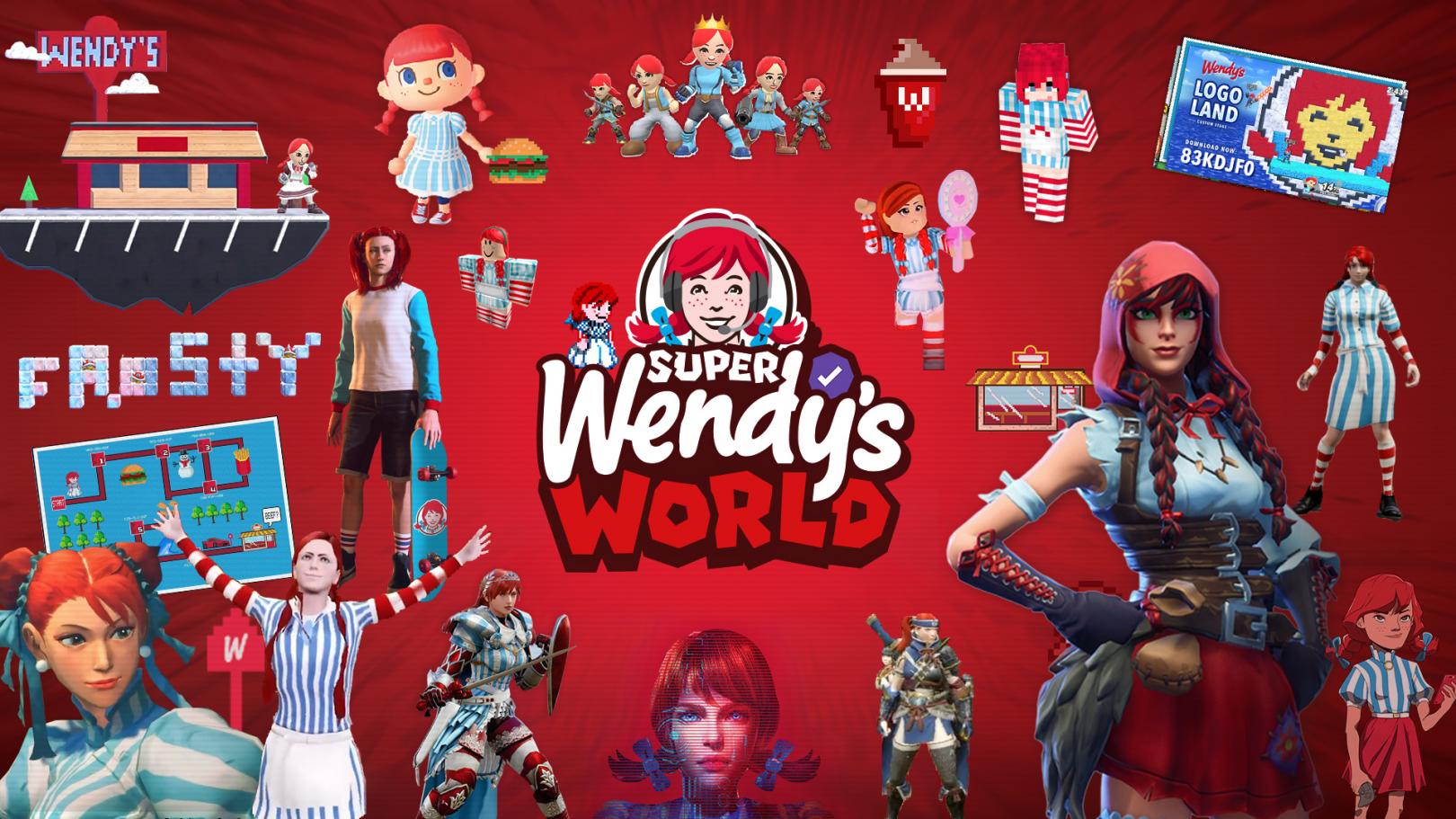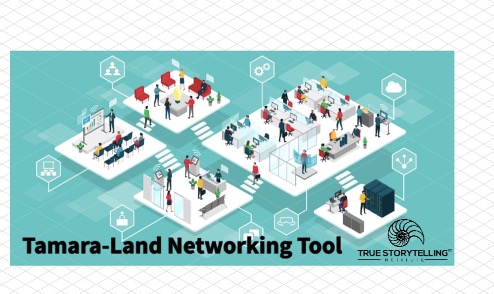<font color="#ccffff">David M Boje
HOME</font>
Tentativeness.comWhat is Tentativeness? Tentativeness is from the Latin tentare ("to attempt). The original meaning emphasized something experimental, provisional, and courageous acts of doing trial and error, while not knowing the final outcome in advance. Tentativeness was something not fully worked out in advance, and is therefore an antenarrative process. Tentativeness has that ante-up quality of bets on the future. Tentativeness can be on the tipe of the tongue, not yet storyable, perhaps while learning a new skill or practice. All of a sudden the old definition of Tentativeness faded away, what was left lacked courage or humility. Indeed Tentativeness become cowardly, uncourageageous, not acting with courage, not able to experiment or do much of anything. The way Duncan Pelly and David Boje use Tentativeness brings back the old school meaning for our current condition. Tentativeness is about embodied-reflexive courageous acts of trial and error, making new connections, stepping humbly out of our own stuckness of our cognitive-reflective habits and beliefs about things.It is making new, untried pathways for things that do not yet exist. Our version of Tentativeness requires asking questions not yet asked, and new ways of Enthinkment, not just Enactment of sensemaking, without thinking.Tentativeness is opening up to new ways of thinking about things that need questioning.
David Boje and Duncan Pelly are among the co-founders of Enthinkment Circle. We meet weekly on ZOOM 1PM-2:30PM MOUNTAIN TIME ZONE Tuesdays. We rescue Enthinkment from obsurity and give it life agian. 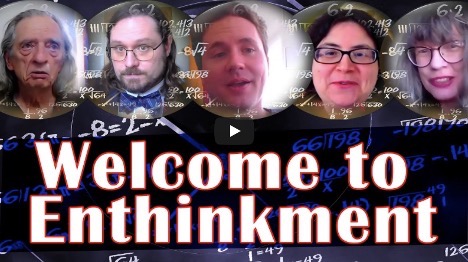 Info at https://enthinkment.com
Zoom Link https://us06web.zoom.us/j/8950795007?pwd=b1BnMVVXT3V6UDRZUVFmMkU2NzQydz09 Meeting ID: 895 079 5007 Enthinkment is a word
spoken only once by Louis Ralph Pondy around
1978, then ridiculed by the Enactment
sensemaking community. Therefore it is an act of
tentativeness.
|
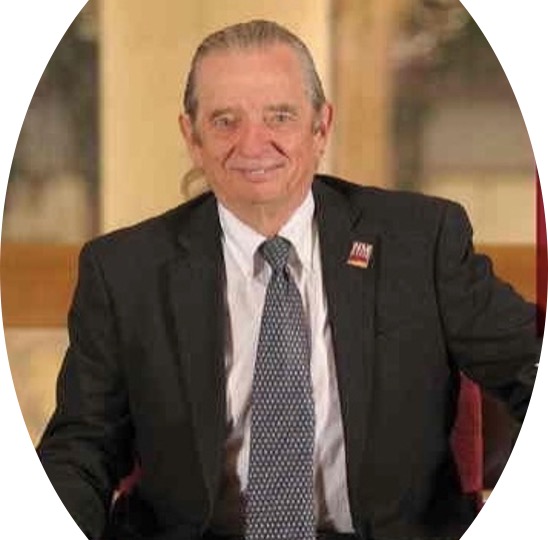
David Boje PhD 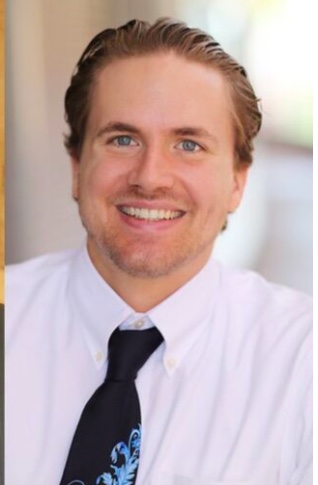 |
|
|
What is
the Tentativeness of Antenarrating? Tentativeness happens in our antenarrating in how retrospective- and prospective-sensemaking processes of awareness are entangled, so we ante-up a bet without knowing the outcome, what the future will be. Half the fun of our storytelling is getting there. Tentativeness is not a formula. It is experimenting, using creative practice, persevering when the results expected are not happening. So many unanswered questions. As you begin to Enthink it, the window of opportunity in a Storytelling Circle begins to close. The Circle moves on to some other topic. Your Living Story no longer seems appropriate, but two other Living Stories vibrate somewhere in your body at a cellular level. They call out to you. You are at choice-point. Perhaps the one to tell is one never told before, an antenarrative fragment, a glimpse of something, and you don't even know where its going. 1. Am I ready to tell that event here-and-now? 2. Is this the time-and-place let the Living Story loose on this audience? 3. Do I have the necessary courage? 4. Why does this Living Story seek audience, even to myself, in this time-and-place? You are doing Living Story-Making, but not just any sort, because Living-Story-Making: 1. Living-Story-Making is NOT a narrative plot with beginning-middle-end linear thinking. 2. Living-Story-Making is NOT all planned-out-in-advance. 3. Living-Story-Making is NOT a bunch of jargon terms. 4. Living-Story-Making is NOT imitation (mimetic). 5. Living-Story-Making is NOT rehearsed? 6. Living-Story-Making is NOT a recipe. 7. Living-Story-Making is NOT metaphoric. 8. Living-Story-Making is NOT Cognitive-Reflexivity. 9. Living-Story-Making IS Humble Tentativeness at a Cellular Level of Intuitive Embodied-Reflexivity. What is the Relation of Tentativeness to Living-Story-Making? Tentativeness Disrupting in Story-Making. A group of us are Tentatively Disrupting in a different sort of Story-Making (Jørgensen, K. M., Boje, D. M., Svane, M. S., Bager, A. S., & Larsen, J. (2022a, 2022b; Jørgensen, 2020; Jørgensen, 2021). We argue that a story maker is grounded in concrete socio-material relations. It is a kind of reflexive resistance corresponds to action and refers to the activism that emerges when come together for a cause larger than itself. This kind of story making transcends institutional, organizational and regional boundaries and mobilizes affordances across fixed time lines and spaces. Tentativeness involves story-making, but not in the linguistic ways of making coherent and meaningful stories of past events of one's life, speaking about emotional topics, or promoting healthy benefits (Graybeal, Sexton, & Pennebaker, 2002: 571). Others, such as Johansson (2004) treat story-making as a metaphoric process (treating one thing as another thing) in so much of management consulting stories are selected and rehearsed to persuade or convince using 'strong story' plot lines with coherence, clarity, and closure. That to us is not Tentativeness of antenarrating, not the sort of story-making involving embodied-reflexivity. Metaphoric is so un-physical, so abstract, so un-real. Taking a new line, Haggège and Vernay (2020) treat story-making as a method for business modelling, using intuitive, creative entrepreneurial thinking, that fosters empathy. Here we find tentativeness in story-making, designs of business models not yet explored. Story-making using Tentativeness, ventures from known areas into unknown areas. As Rice and Mundel (2018) put it story-making can disrupt dominant stories through social media. We have an example of CIW protesting migrant-worker-enslavement by Wendy's corporation, and how multi-media is given a non-metaphoric twist, and use of material storytelling using everyday materials. To us, tentativeness is metonymic, not merely metaphoric in the old linguistic turns. Rather, it is a sort of tentativeness of story-making that can involve material and multi-media storytelling (Strand, 2012), before there are words or language congeals to tell one's story on coherent, cohesive, and closure ways demanded by cultural or grand narratives in society. |
What is Tentativeness at a Cellular Level? We are 37.2 trillion living cells interacting with our environment, cells in an cells out. When millions of cells in heart or gut speak out, we feel the call, and maybe our mind kicks in to ask questions. Why is the hairs on back of my neck standing up? Why do I feel a ache in my gut?
|
|
| What is the Relation of
Tentativeness to 'Living Story'? A living story, as Kaylynn TwoTrees (1997) tells it, has a time, a place, and a mind all its own. what we call 'aliveness.' A living story lives in your body. Living story is embodiment, not headiness. Your body is 37.2 trillion living cells, and when a few million of those cells begins to vibrate together, a living story is announcing itself to you, at a cellular level. It can become a tingling sensation in your knee, a hair stand up on the back of your head, or you feel one heel of a food tense up. The pulse rate of your blood flow changes, your breathing changes rhythm, slower or faster. Time stands still. |
Example:
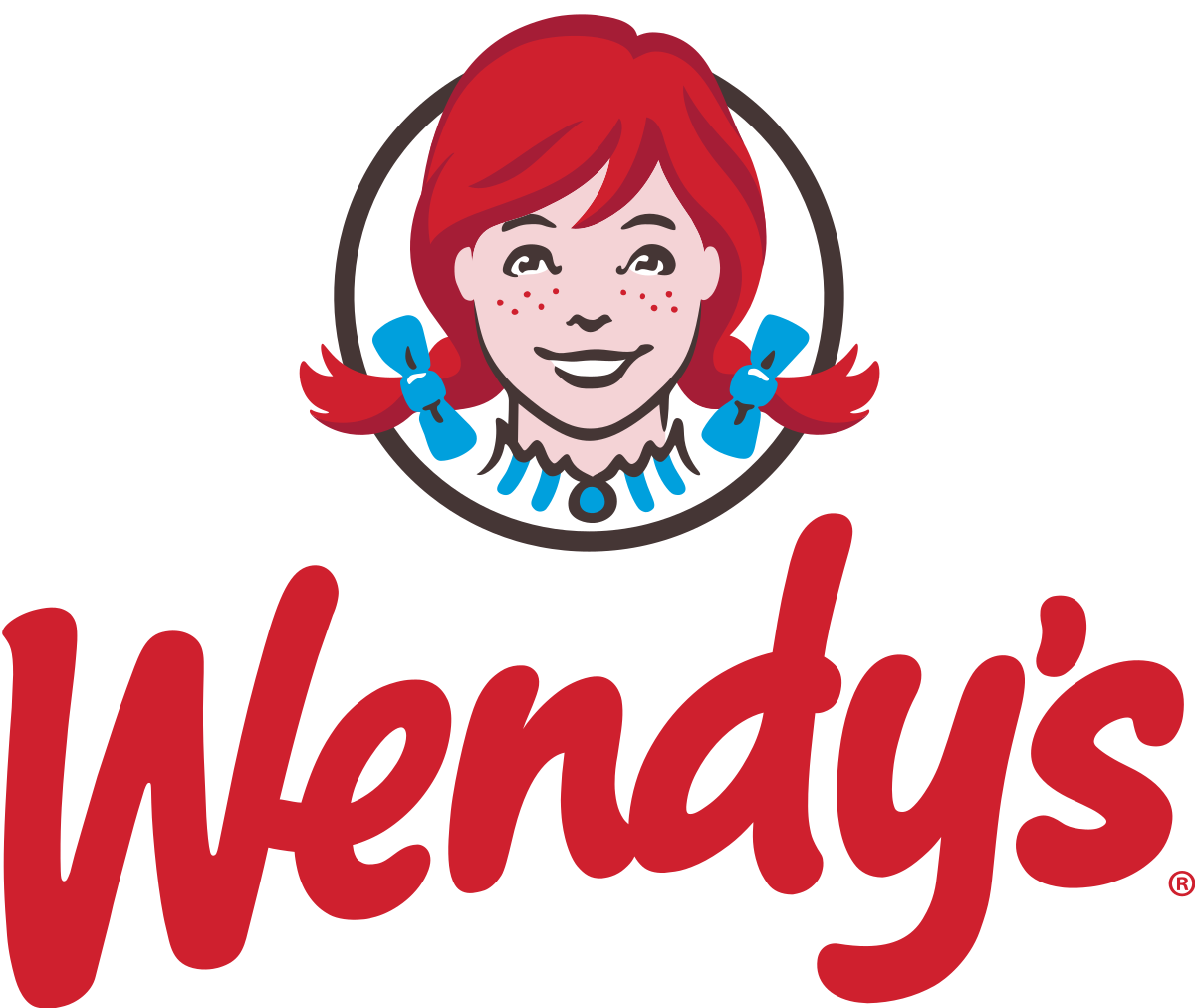 Wendy'a sought a way to tell its fresh, never
frozen beef story to a growing generation of
consumers wary of advertising.
Wendy'a sought a way to tell its fresh, never
frozen beef story to a growing generation of
consumers wary of advertising. |
|
| See
EDGES for kind of Tentativeness Boje and Pelly are
developing for story-making. Remember the password
'disrupting' to enter here.
Click for --> Story-Making as Methodology: Disrupting Dominant Stories Through Multimedia StorytellingIt
also relates to Charles Sanders Peirce's
abduction.
For more on relation of Abduction to reflexivity
see, this book.
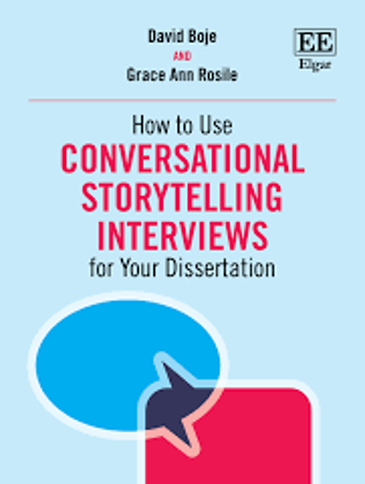
What is the difference between Metaphoric and Metonymic? We learned the difference reading Lakoff and Johnson (2008: 36), metaphor is a way of conceiving one thing in terms of another thing. whereas in metonymic rhetoric, the part stands for the whole (synecdoche). Example:
However,
we can beting to understand a more Jakobson
approach in which, metaphoric and metonymic ,
are in relationality, as ways of storytelling,
but are not the same. "Reflection
might lead to insight about something not
noticed in time, pinpointing perhaps when the
detail was missed. Reflexivity is finding
strategies to question our own attitudes,
thought processes, values, assumptions,
prejudices and habitual actions, to strive to
understand our complex roles in relation to
others" (Bolton
chapter 1) 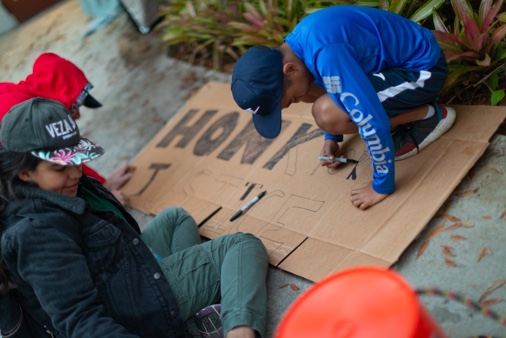 See Mesa-Bains, Amalia. “‘Domesticana’: The Sensibility of Chicana Rasquache.” In Chicana Feminisms: A Critical Reader, edited by Gabriela F. Arredondo (references) Below the more metaphoric glowing storytelling of workers treated with dignity by corporationswho joined the Fair Food Program. 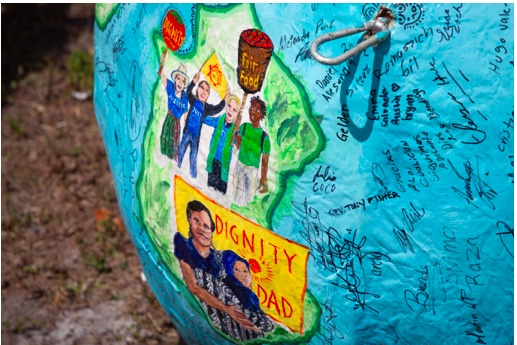 The metaphoric storytelling corporate brands mask the enslavement-by-gun metonymic/material storytelling (see Anete Strand, 2012 references). 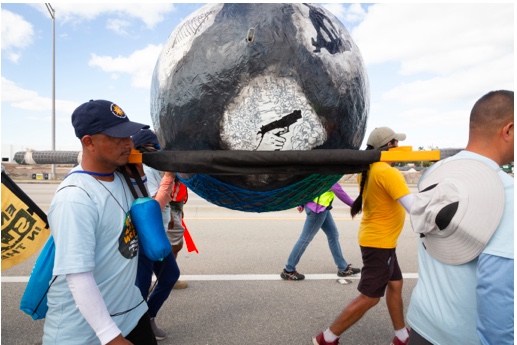 For example, just released indictments from Georgia (click for more).
Read the full indictment here. Homi Bhabha (2003). “As the globe revolves, its other side uncannily discloses a skull.” It’s on p. 450 of his chapter in the following book. He uses a similar skull metaphor on p 82 of this book: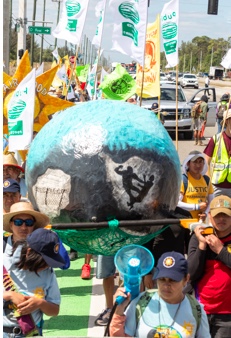 Nearly 600 workers, allies come
together on final day of March to Build a New
World to celebrate decade of human rights
progress, call on Wendy’s, Kroger, and Publix to
do their part to help end modern-day slavery and
other outrageous abuses in agricultural industry,
here and abroad! 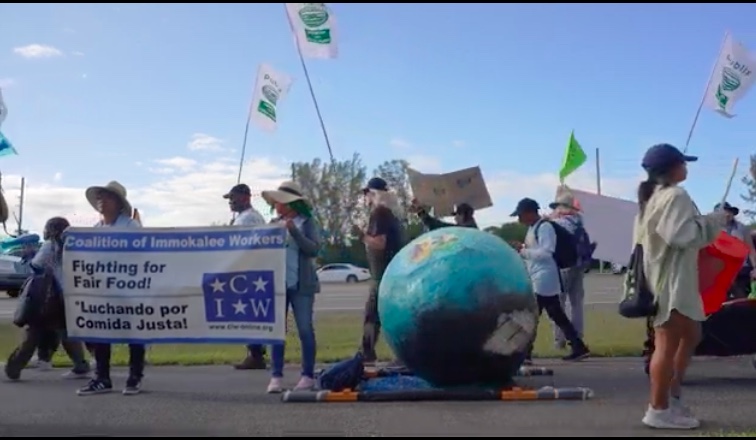
See video Practice a Little Tentativeness in your life
|
Example CIW's Fair Food Program and Wendy's  Tentativeness of reflexivity is a
delicate interplay of metaphor iand metonymic ways of
storytelling. These examples from March 18, 2023
marches by
Coalition of Imokalee Workers (CIW) Workers use everyday available
materials to tell their stories and communicate their
conditions. This excellent example of using Material
Storytelling (Strand, 2012) to develo[ a message that
sizzles in a metonymic material mattering of 'real'
working conditions of global slavery. Rasquachismo is a theory developed by Chicano scholar Tomás Ybarra-Frausto to describe "an underdog perspective, a view from los de abajo" in working class Chicano communities which uses elements of "hybridization, juxtaposition, and integration" as a means of empowerment and resistance" (Wikipedia). Example: Tentativeness of Tamara-land What is Tamara-Land? 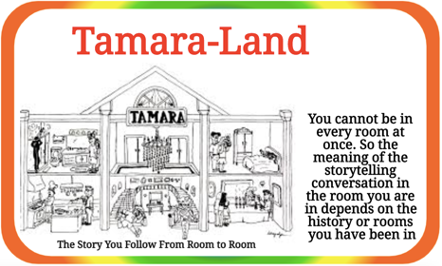 Tamara is Los Angeles’ longest
running play by John Krizanc. Taking
place in Hollywood mansion, the audience is invited
to actively participate in the plot of the story,
and in their own meaning making. The
audience engages in a flanneur, or moseying style of
wandering from room to room in a luxurious mansion
set on January 10th, 1927. In lieu of
simply sitting in chairs and observing the play as a
passive audience member, guests co-author by
choosing which rooms and characters to observe. The
audience fragments, wanders about, following actors
of their choice from stage-to-stage.
References
Bhabha, Homi. (2003).
“Postmodernism/Postcolonialism,” in Critical
Terms for Art History. Eds. Robert S. Nelson
and Richard Shiff, 435-451, Chicago: University of
Chicago Press. Bhabha, Homi. (2004). The
Location of Culture. London: Routledge. Boje, D. M. (1995). Stories of
the Storytelling Organization: A Postmodern
Analysis of Disney As “Tamara-Land”. Academy
of Management Journal, 38(4),
997-1035. Click
for online PDF of article. Boje, D., Pelly, R. D. M.,
Saylors, R., Saylors, J., & Trafimow, S.
(2022). Implications of Tamara-Land
Consciousnesses Discourses for Organization
Culture Studies. Discourses on Culture, 16(1),
101-123. Click
for online PDF of article. Lakoff, G., & Johnson, M.
(2008). Metaphors we live by. University of
Chicago press. Mesa-Bains, Amalia.
“‘Domesticana’: The Sensibility of Chicana
Rasquache.” In Chicana Feminisms: A Critical
Reader, edited by Gabriela F. Arredondo, 298-316.
Durham, NC: Duke University Press, 2003.
Ybarra-Frausto, Tomás. “Notes
from Losaida: A Forward.” In Velvet Barrios:
Popular Culture and Chicana/o Sexualities. Edited
by Alicia Gaspar de Alba, xv-xviii. New York:
Palgrave Macmillan,
2003.
https://en.wikipedia.org/wiki/Metaphor_and_metonymy.
Rice, C., & Mündel, I.
(2018). Story‐making as methodology: Disrupting
dominant stories through multimedia storytelling.
Canadian Review of Sociology/Revue canadienne de
sociologie, 55(2), 211-231. Strand, Anete Mikkala.Camille.
(2012). Enacting the Between: On dis/continuous
intra-active becoming of/through an Apparatus of
Material Storytelling. Book 1: Posing (an
Apparatus of) Material Storytelling as
discontinuous intra-active rework of
organizational practices. Click
for book 1 TwoTrees, Kaylynn Sulivan.
(1997). Living Story, Presentation at the
International Academy of Business Disciplines
conference at Case Western Reserve in Ohio. |
